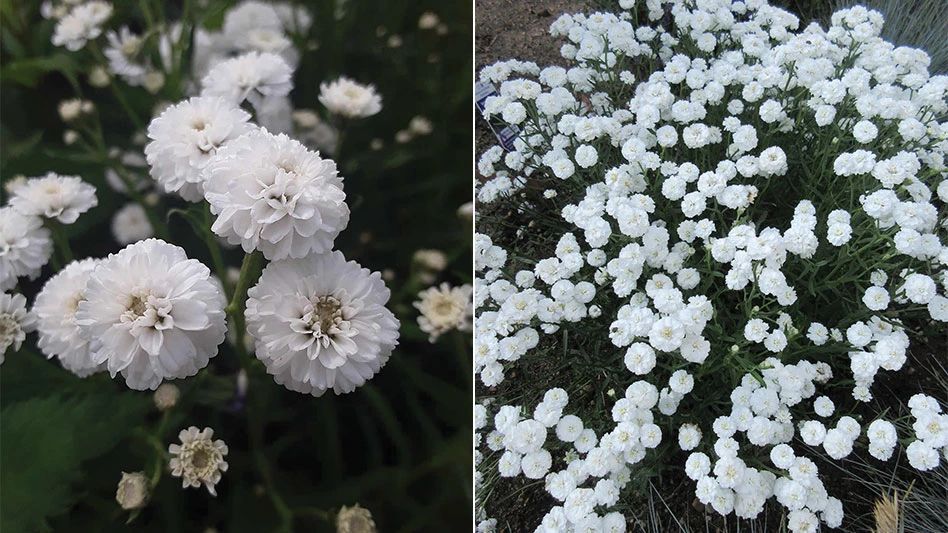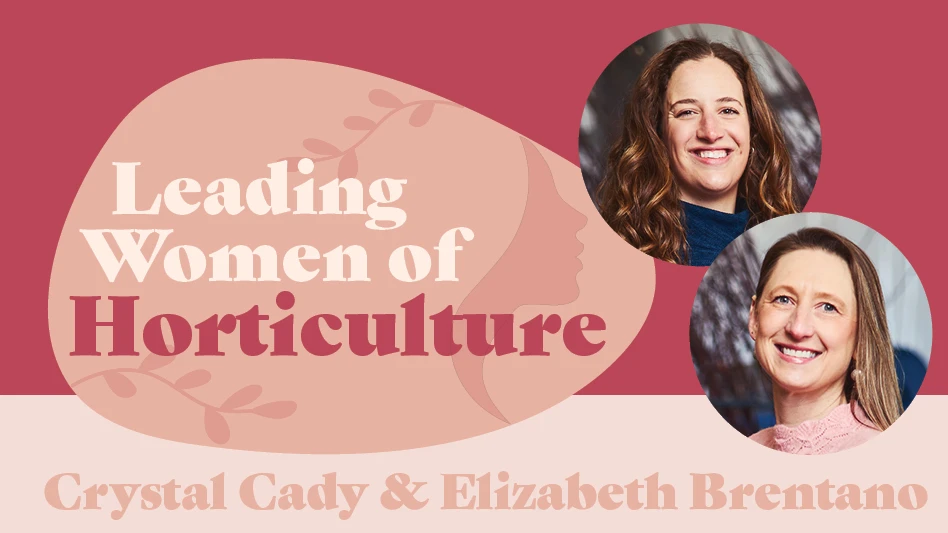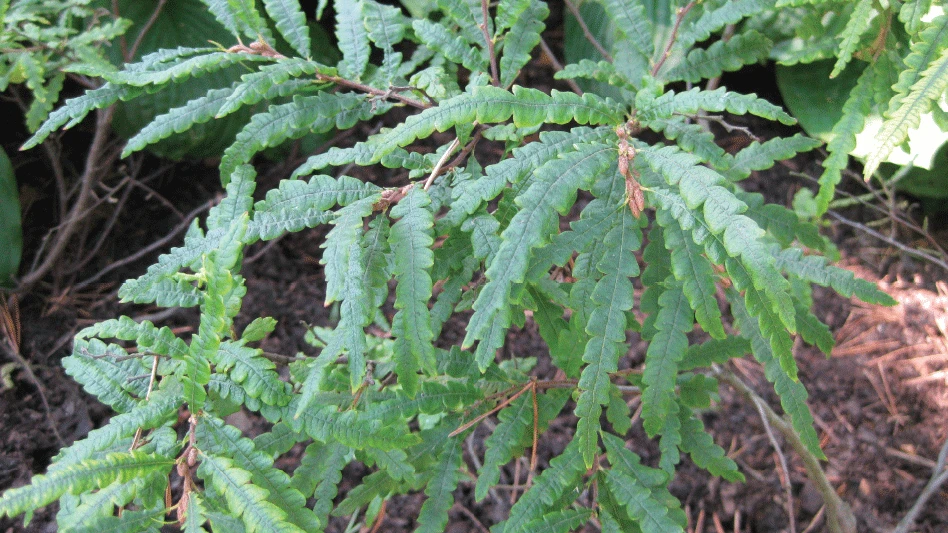 A gall is an abnormal swelling of plant tissue. It can be caused by mechanical injury or by several species of insects, mites, nematodes, fungi and bacteria. In fact, there are more than 2,000 species of gall-making insects in the United States. The association between the gall-making organism and the host plant is usually quite specific. Different organisms produce galls of characteristic size, shape and color. These visual characteristics are useful in species identification.
A gall is an abnormal swelling of plant tissue. It can be caused by mechanical injury or by several species of insects, mites, nematodes, fungi and bacteria. In fact, there are more than 2,000 species of gall-making insects in the United States. The association between the gall-making organism and the host plant is usually quite specific. Different organisms produce galls of characteristic size, shape and color. These visual characteristics are useful in species identification.
Gall development
Galls usually occur on leaves and stems, but also may occur on flowers, fruits, twigs, branches, trunks and roots. Some galls are easy to recognize and the common terms used to describe them reflect their appearance—blister galls, bud galls, bullet galls, flower galls, fruit galls, leaf galls, leaf spots, oak apples, pouch galls, roly-poly galls, root galls, rosette galls, stem galls and twig galls.
Galls develop in three phases—initiation, growth and maturation. Gall initiation is a reaction of the plant to a specific stimulus by the gall-maker. The stimulus may occur during colonization, egg-laying or feeding. Galls can be induced by secretions from developing eggs or larvae, by saliva or other substances associated with feeding, by insect or mite excretions, or simply by the presence of the insect or mite in or on the plant tissue. Once stimulated, the plant produces gall tissue to surround the egg or immature insect or mite. As it grows, the gall and the insect/mite use nutrients from the host plant. Gall makers may live within individual chambers or within communal chambers inside galls, depending on the species. Mature galls stop growing and cease to use host plant nutrients. The developing insects or mites remain protected inside mature galls, grazing on the ready food source.
Damage and host plants
Most gall-making insects do not damage the host plant; however, certain species may cause aesthetic damage—such as leaf discoloration, early defoliation, or twig and stem drop.
Galls occur on a wide variety of plants, but the most common ones occur in oaks, hackberries, roses and their relatives, willows and asters. The susceptibility of plant species varies. Some plants support only one or two species, while others, such as oaks and hackberries, are hosts to several species (Table 1). Individual plants of the same species, especially those propagated from seed, may also show differences in susceptibility.

Gall wasps
There are more than 1,000 species of gall-making wasps worldwide. Many species of gall wasps develop inside galls induced by other gall wasp species.
The mealy oak gall wasp, Disholcaspis cinerosa, causes one of the most common galls on live oak. The generation-specific galls are different in size and general appearance. Galls of the asexual generation are spherical, 1⁄8 to 1 inch in diameter, and appear on branches and twigs of live oak in late summer and early fall. When first formed, the galls are pink to pinkish brown outside and yellow-green inside. The inside tissue is moist and soft in newly formed galls but becomes brown and dry during late fall as the gall matures. Adult wasps emerge by chewing holes in the bases of the galls during December and January.
Eggs laid by adults of the asexual generation hatch in early spring as leaf buds begin to open. The larvae develop quickly in the leaf tissue and stimulate the development of small, beige leaf galls that resemble kernels of wheat.
Gall midges
Gall midges are the second largest group of gall-making insects, with more than 800 species in North America. The larvae are 1⁄16 inch long with small and poorly developed heads. Severe infestations of Asphondylia prosopidis on mesquite trees may reduce seed pod development. There are several kinds of midge galls on cypress, with the branchlet midge gall, Taxodiomyia cupressiananassa, on bald cypress being one of the largest and most prominent. Phytophaga painteri causes a gall on the undersides of hackberry leaves. Other galls caused by midges include the gouty vein gall on maple, the maple leaf spot gall, the ash midrib gall and the pine needle gall.
Gall psyllids
Psyllids, or jumping plant lice, also cause some of the most common galls. These insects resemble small cicadas and feed by sucking plant fluids. Some psyllid galls cause the leaf margins to roll, enclosing and protecting the nymphs (immatures).
Hackberry trees host several species of gall psyllids. They form 1⁄8- to 1⁄4-inch galls on the leaves and petioles. The insects overwinter as adults in bark crevices and other sheltered locations. After mating in the spring, the females lay eggs on the undersides of leaves. Nymphs emerge from eggs in about two weeks and begin feeding, which stimulates gall formation. The nymphs develop through several stages before emerging as adults in the fall, completing one generation per year.
Phylloxerans
Phylloxerans, which are very similar to aphids, usually cause blister-like galls on leaves. There are at least five phylloxera that occur on pecans, but the pecan leaf phylloxera, Carya illinoinensis, is the most serious and it is the only one that has more than one generation per year. Adults are small, soft-bodied and pale yellow. Though pecan phylloxerans are small and difficult to see, the galls they produce are prominent. Galls are 1⁄8 to 1⁄4 inch in diameter and develop between leaf veins.
New galls can be formed throughout the season as long as new foliage is present. Severe infestations can be economically damaging. Phylloxera overwinter as eggs in bark crevices.
The small nymphs emerge in spring during budbreak and feed on tender new growth.
Their feeding stimulates gall development. Two generations are completed within the galls. Galls open in mid-May and the adult, winged phylloxera emerge to begin a new generation.
Management
Gall-forming insects must attack host plants at a precise stage of tissue development in order to induce gall formation. Occasionally, certain trees will bear more galls than adjacent trees of the same species.
Because most galls and gall-forming insects are not a threat to plant health, attempting to control them is not usually warranted. Galls can be removed by hand or infested plant parts can be pruned and discarded.
Several species of wasps parasitize gall-forming insects and reduce the number of galls formed. These wasps are natural enemies of gall-making insects and function as their biological control agents. To protect these beneficial wasps, avoid using broad-spectrum insecticides during the time they are searching for hosts (from late spring through early summer).
Adult gall-forming insects leave galls through exit holes. The vacated space is almost immediately occupied by small spiders and other beneficial insects such as lacewing larvae, ants or parasitic wasps. Thus, old galls house beneficial organisms that feed on insect pests.
Carlos Bográn is associate professor and extension specialist, Texas A&M University, c-bogran@tamu.edu; Bastiaan Drees is professor, extension entomologist and Regents Fellow, Texas A&M, b-drees@tamu.edu; and Jeremy Hudgeons is a former graduate student, Department of Entomology, Texas A&M.
This is adapted from a Texas AgriLife Extension publication, http://insects.tamu.edu/extension/publications/epubs/e-397.cfm.
Get curated news on YOUR industry.
Enter your email to receive our newsletters.
Explore the September 2011 Issue
Check out more from this issue and find your next story to read.
Latest from Nursery Management
- Dümmen Orange North America celebrating 25th anniversary in 2025
- Redesigning women
- Illinois Landscape Contractors Association changes name to Landscape Illinois
- 2025 Proven Winners Horticulture Scholarship applications now open
- ICL’s Gemini Granular herbicide now registered for use in California
- Eurazeo Planetary Boundaries Fund acquires Bioline AgroSciences
- The Leading Women of Horticulture
- Leading Women of Horticulture: Dana Massey, Plantworks Nursery







